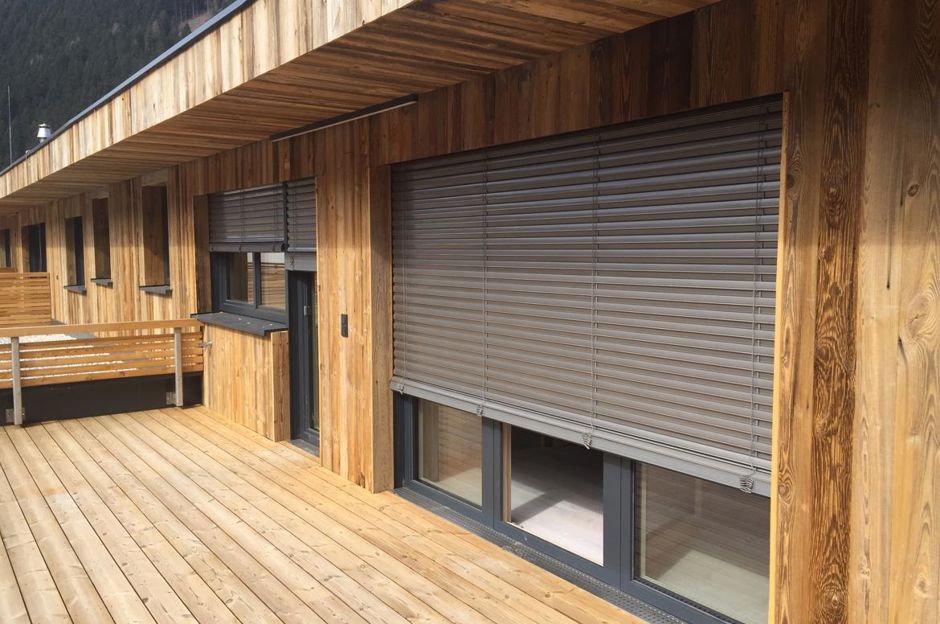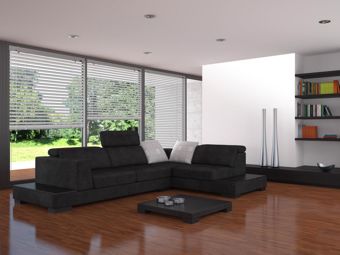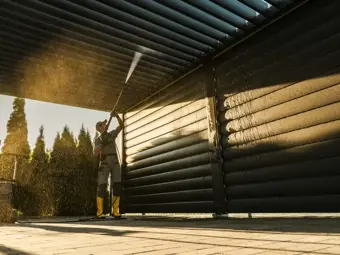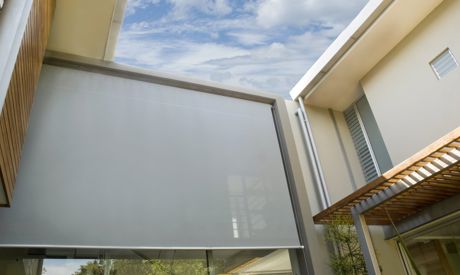Types of exterior blinds
There are several basic types of exterior blinds on the market, which differ in shape of the slats, design and technical options.
- Blinds with C-shaped slats: a universal solution with an option of tilting on both sides, suitable for most types of buildings.
- Blinds with Z-shaped slats: higher strength and better shading thanks to the perfect fit of the slats. Ideal for buildings with higher demands on shading and privacy.
- Blinds with S-shaped slats: a design solution with an elegant appearance that also offers very good shading properties.
Size and shape of slats
The width of the slats is most often 65 mm, 80 mm or 90 mm. In general, wider slats provide higher wind resistance and better shading, while narrower slats have a more subtle appearance and are suitable for smaller window areas.
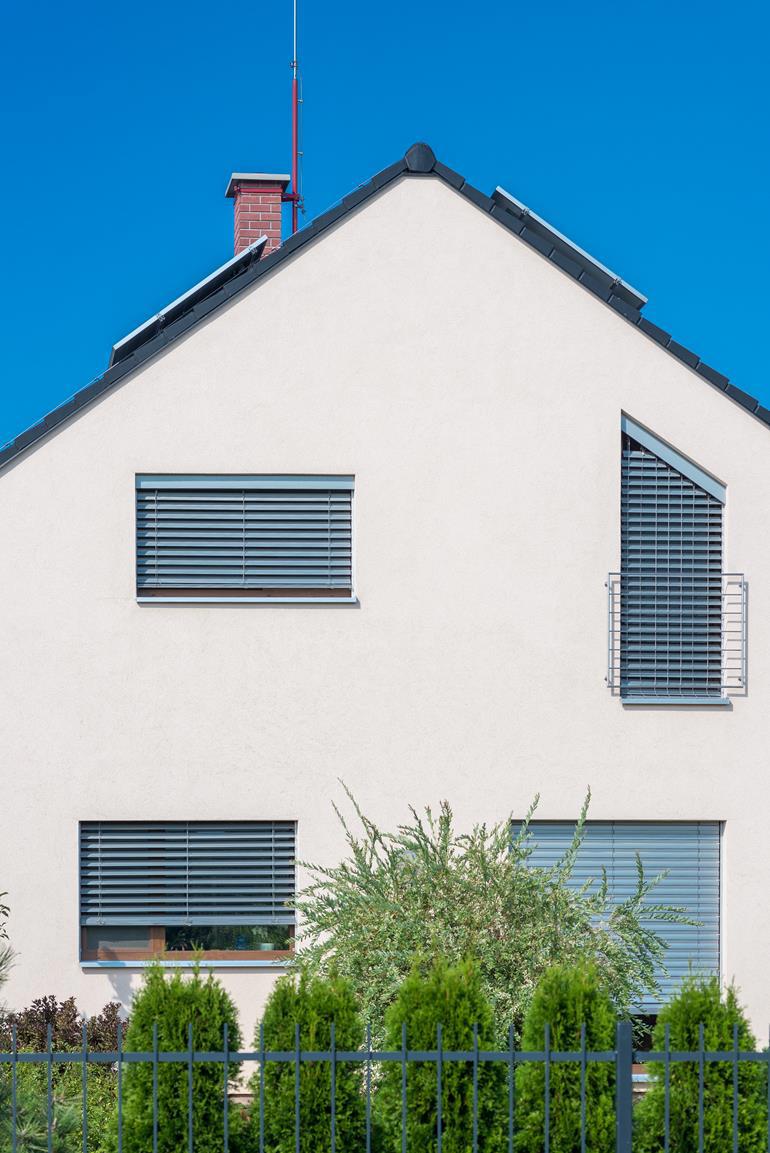
Construction readiness
For new buildings, it is advisable to consider installing exterior blinds already at the design stage, so that the blind can be hidden in the facade (so-called concealed/under-plaster design). For existing buildings, you can choose a discernible design with a visible cover box.
Blind control
Exterior blinds can be controlled in several ways:
- Manual control with a crank: a simple and reliable solution suitable for smaller areas.
- Electric control: a convenient solution that allows you to control the blinds with a button, remote control or connect the system to a smart home.
- Automatic control: sophisticated systems with wind, rain and sun sensors ensure the optimal position of the blinds with no need for user intervention.
Weather resistance
Quality exterior blinds are designed to withstand challenging climatic conditions. For areas with higher wind speeds, we recommend choosing blinds with a higher wind resistance class (certified according to EN 13659).
Colours and aesthetics
The colour design of exterior blinds should match the facade and overall architectural style of the house. At ISOTRA, we offer a wide range of colours and surface coatings, including the option of matching them with the window frame.
Price and return on investment
The purchase price of exterior blinds depends on the size, type of slats, control method and optional accessories. However, investing in quality shading will pay off in the form of savings on cooling in the summer months and increased living comfort.
Summary
When choosing exterior blinds, it is advisable to take into account not only aesthetic preferences, but also the technical requirements of the building, the control method and climatic conditions at the installation site. For the optimal solution, it is recommended to consult with an expert who will design blinds to your exact specifications and ensure their correct installation. We will be happy to advise you on the selection of exterior blinds, do not hesitate to contact our company.

